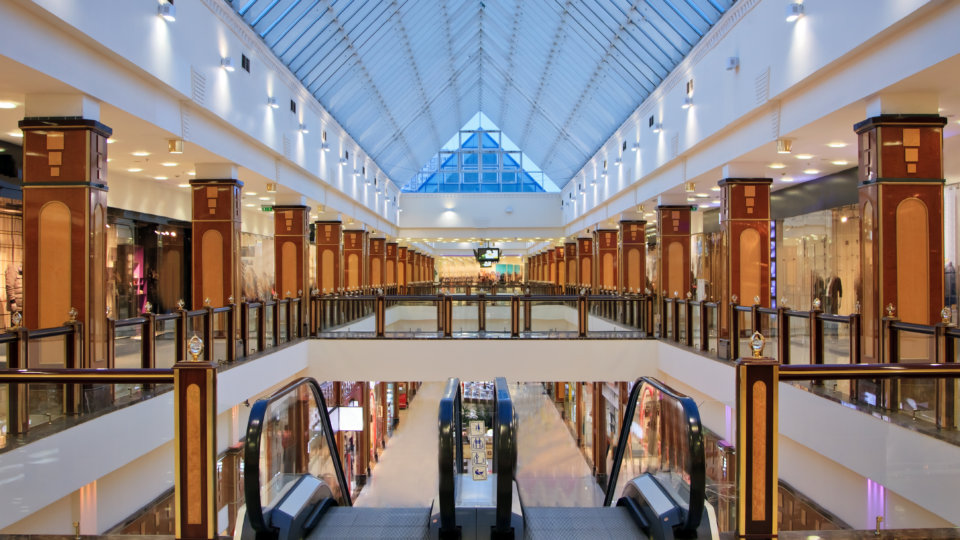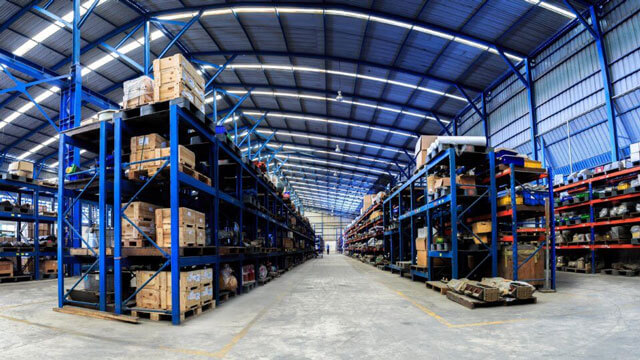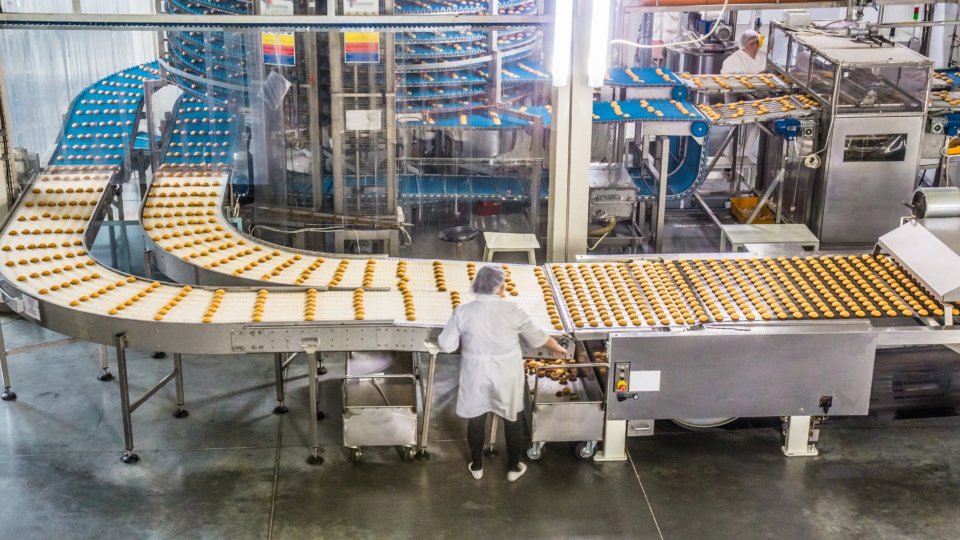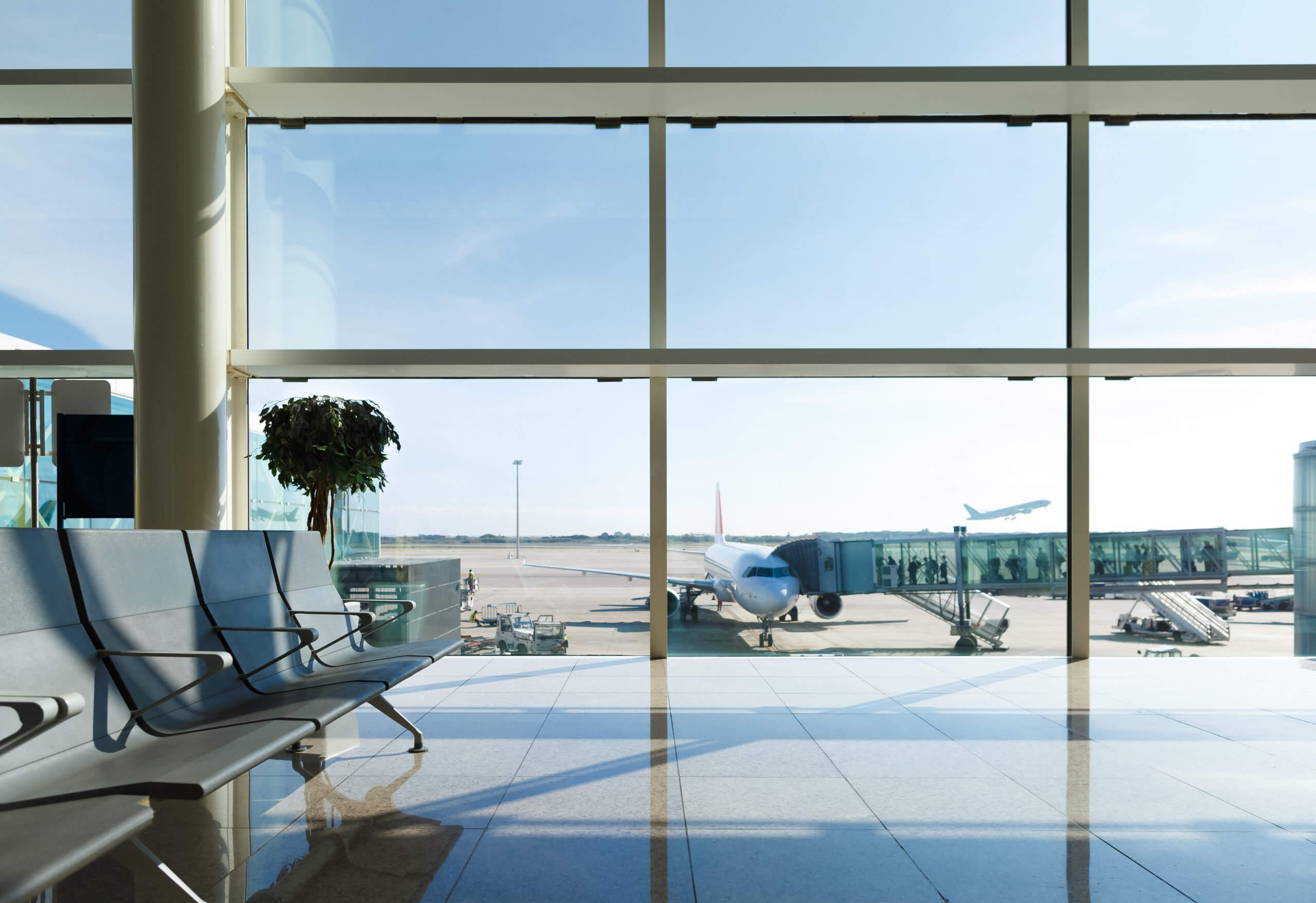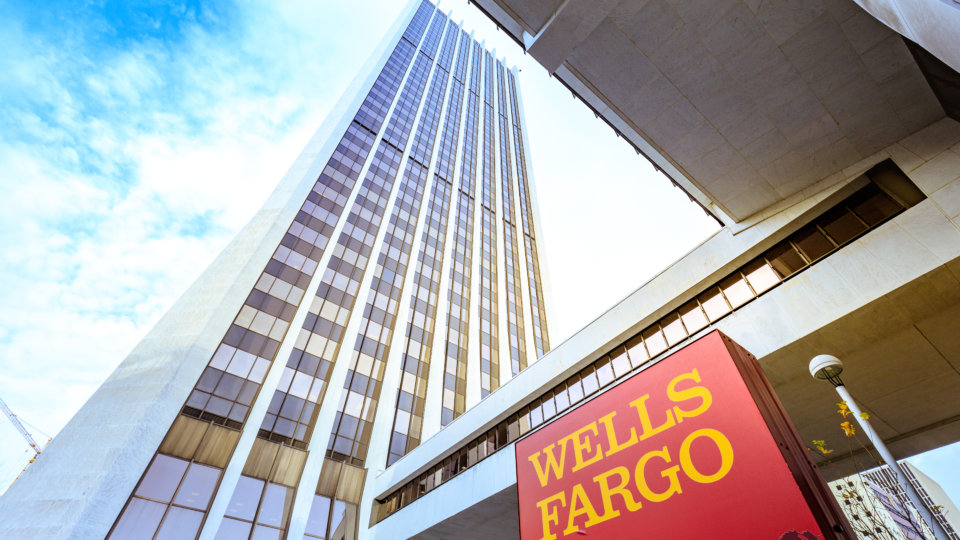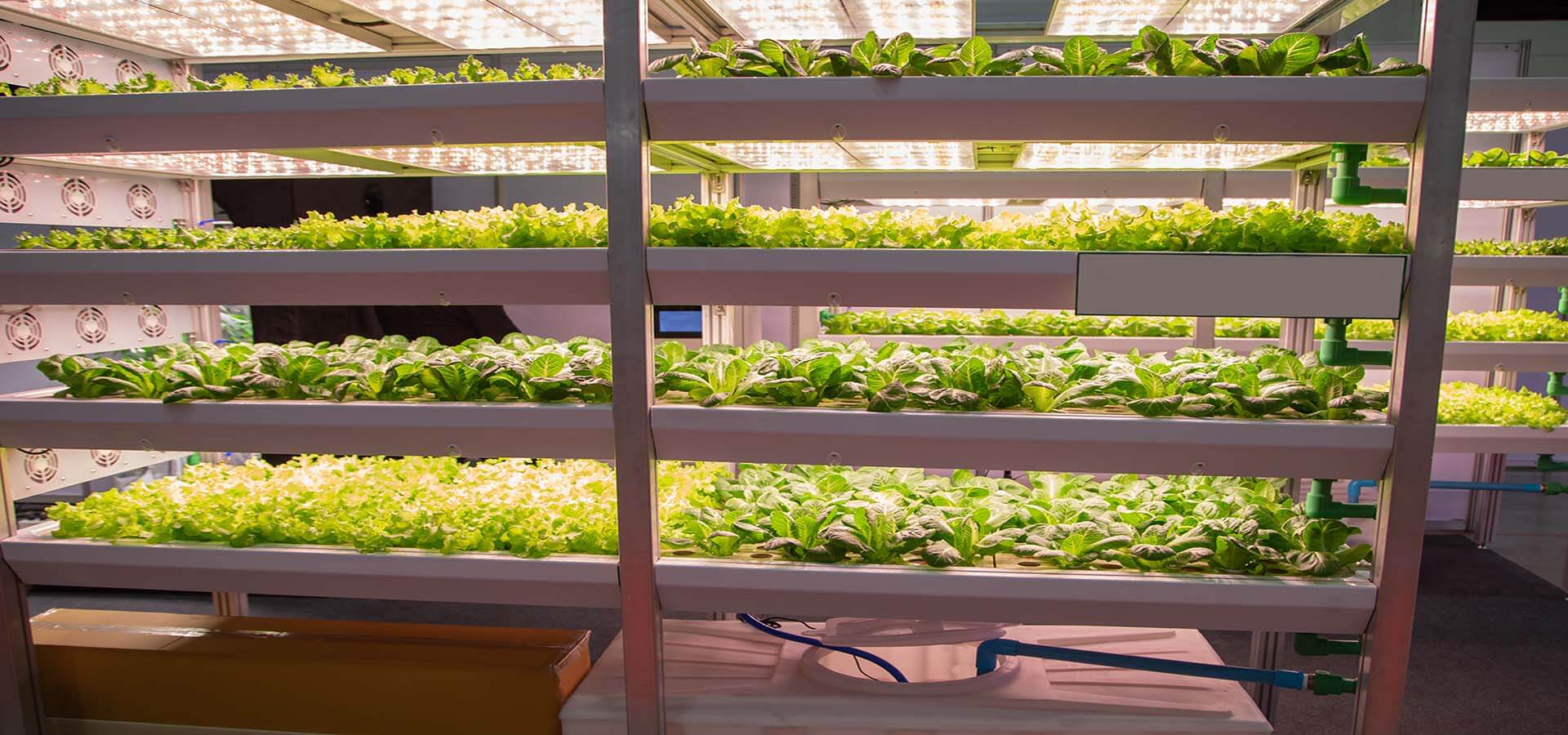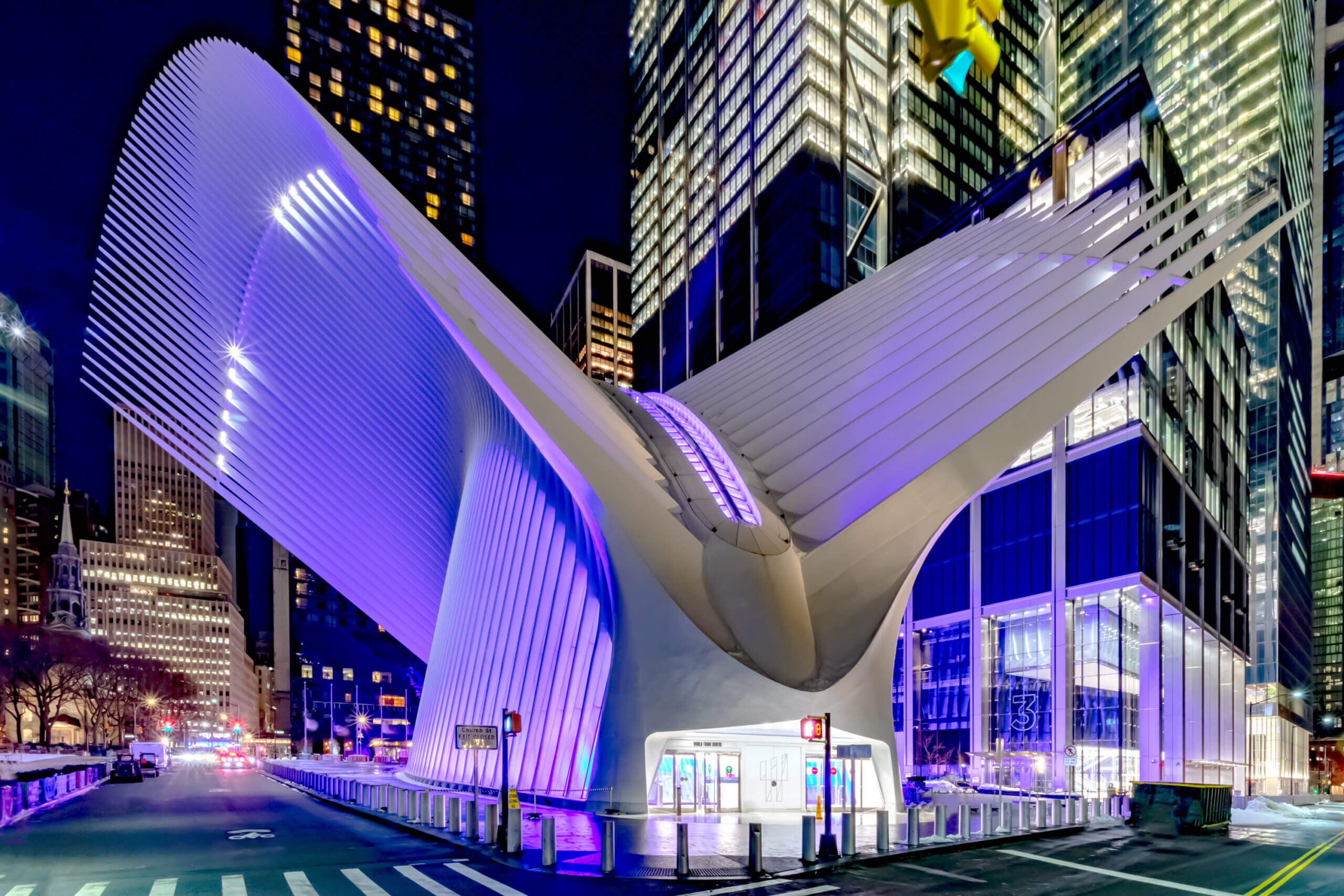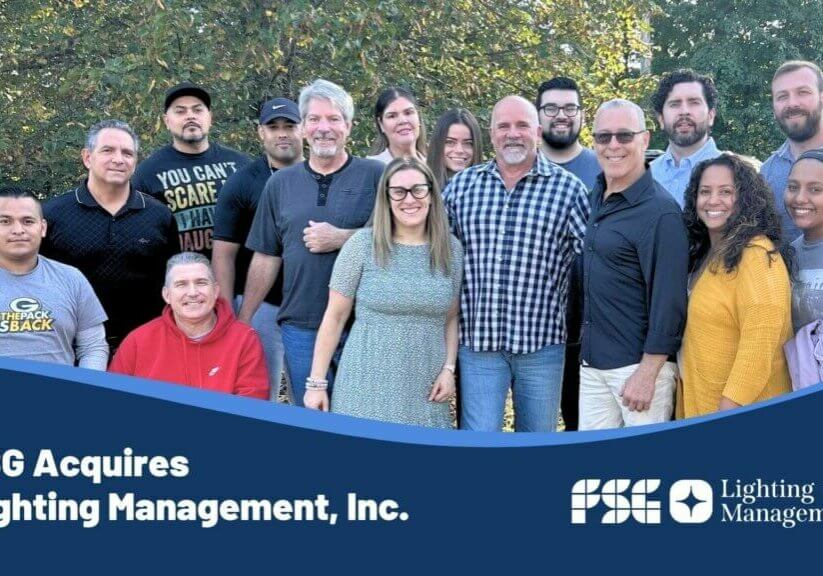Denver Architecture: Where the History of the Mile High City Lives
Share Article

This month’s FSG branch focus takes us to Denver. Colorado’s state capital is known as the “Mile High City”, which is easily verifiable once you take a quick stroll over to the west steps at the capitol building, where the 15th step lays it all out for you.
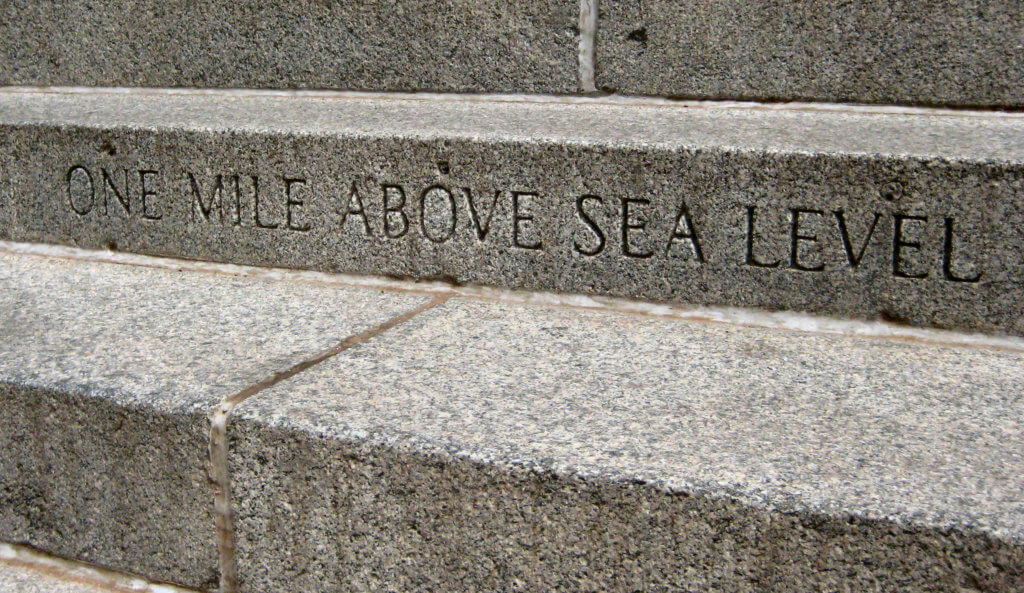
While it is true that other points in and around the city might be somewhat higher or lower than 5,280 feet above sea level, Denver’s claim to the name is literally set in stone and here to stay.
Denver’s Origin Story – A Man with A Dream
Back in 1858, when Denver’s official founder General William Larimer Jr. came to town, there wasn’t much of a town to come to.
At that time, the area constituted the western portion of the Kansas Territory and served as the general location for a series of humble mining settlements that sprung up in the wake of the Pike’s Peak gold rush.
The most significant of those settlements was known as Auraria, founded by William Green Russell, a veteran of both the Georgia and California gold rushes.
The magic moment happened when Larimer arrived at the confluence of Cherry Creek and the South Platte River. On the west side of Cherry Creek was the fledgling Auraria. The east side of the creek was technically someone else’s claim, a small community called St. Charles.
One look at that eastside spot was all it took: Larimer saw the future and jumped the claim. (Don’t judge. These things were known to happen back in 1858.)
General Larimer got busy laying out cottonwood logs to mark the border of a square-mile parcel of land. Then, he ceremoniously named the plot “Denver City” to honor his boss, the man he mistakenly thought still served as the governor of the Kansas Territory.
FUN FACT: News traveled slowly in 1858, and James W. Denver had already retired from politics when Larimer staked his claim. Still, the name was catchy and the city was born.
Larimer’s contributions to the city didn’t end there. In February 1861, Larimer was on the front lines during the discussions that resulted in the formation of the Colorado Territory, and later that year his advocacy played a large role in the creation of Arapahoe County, with Denver City as its County Seat.
In 1867, Denver City was named the acting territorial capital. Colorado officially became the 38th state in the union in 1876, and a statewide ballot a few years later resulted in Denver being named Colorado’s permanent state capital.
After a few more years of service to Colorado that included a term as U.S. probate judge and a stint as an officer in the Third Regiment of the Colorado Volunteers during the Civil War, Larimer returned to his home and family back in Kansas.
A Bright Future, Almost Derailed
As the Civil War wound down, Denver was well on the way to becoming an important supply and service hub, both for people moving through and for the growing population that accompanied America’s westward expansion.
Disaster nearly struck, however, when Union Pacific power brokers decided the nation’s first transcontinental railroad should be routed through Cheyenne, Wyoming rather than through Denver. (Apparently, the railroad had some kind of trivial issue with so-called “difficult” terrain just west of town.)
Folks back east had picked the winner in the transportation lottery, and for a time it looked like Cheyenne would be blessed with explosive growth while Denver’s dreams of prosperity would fade away.
With the future of their city on the line, local residents came together with the support of leading citizens and outside investors to fund, advocate for, and in some cases literally dig, haul, and construct a 100-mile railway link between Denver and the transcontinental railroad to the north.
On June 24, 1870, the Denver-Pacific railroad was officially linked to the transcontinental railroad, and the Denver dream stayed alive.
A New Century Blooming with Opportunities
As the 1800’s wound down, Denver found itself looking forward to a new century full of even more expansion and growth. With a population of just under 134,000 in 1900, Denver was the largest city in the American west, and residents knew their city’s best days were squarely ahead.

With the former century’s gold wealth largely divided among the big winners in the gold rushes of the past, Denver residents were mindful of the need to diversify their economic base.
A previous infrastructure project had brought plentiful water from the Platte River Canyon into the city, and as the new century turned a budding floriculture industry was taking root in Denver.
As future generations of Colorado entrepreneurs would come to understand, there was quite a living to be made inside greenhouses. For Denver residents in the early 1900s, the golden ticket took the form of cut flowers, especially carnations.
Denver carnations were soon regarded as among the best to be found anywhere, and early industry pioneers like N.A. Benson, a Swedish immigrant and the founder of Denver Wholesale Florists, led the charge to expand Denver’s floral industry across the country.
By 1927, Denver’s floriculture industry was a driving economic force in the region. Over 5,000,000 square feet of glass greenhouses were operating in the state, and carnation growers shipped their flowers to 20 states. The Carnation Gold Rush, as locals called it, was booming.
Denver Today
Denver today is the largest U.S. city between the Missouri River and the west coast states. It serves as one of the nation’s most important transportation, commercial, and industrial hubs, and in recent years the city has become especially attractive to high-tech industries.
The business sectors thriving in Denver today include financial services, health care, aerospace, aviation, software, and of course, tourism.
Among manufacturers, the most active sectors include pharmaceuticals, medical equipment, computer equipment, electronics, and rubber products.
If you’ve got coins in your pocket today, there’s a 50% chance they were produced at Denver’s branch of the U.S. Mint, opened in 1906, and still in service today. (Hint: Look for the “D” mintmark.)
A Dream Destination for Walkers
Downtown Denver has earned a reputation for being a walker’s paradise, with the Lower Downtown (LoDo) neighborhood serving as a prime example of the types of attractions available to visitors on foot.
With a climate that is normally mild, sunny, and dry, tourists and local residents alike flock to the downtown shopping, dining, and entertainment venues that sit side-by-side with important markers of Denver’s rich history.
Highlights of any walking tour of downtown Denver include the many shops in Larimer Square, the city’s original main business district, laid out by William Larimer himself way back in 1858. As the city’s first officially designated historic district, Larimer Square has been the focus of renovation and preservation efforts over the years, and today’s Larimer Square is famous for its sophisticated urban style.
Denver’s History Lives in the Architecture
For most Denverites to name the most famous building in Denver, there will be a variety of answers. Denver is home to many iconic and recognized buildings seen by visitors and natives of the Mile High City each year:
- Confluence Park – where it all began
- Coors Field – for a feeling as fresh as Rocky Mountain spring water
- Daniels & Fisher Tower – a piece of Venice on the streets of Denver
- Colorado State Capitol – Completed in 1894, and yes, that’s real gold on the dome
- Molly Brown House Museum – much more than just a Titanic survivor
- Trinity United Methodist Church – Built in 1887, this gothic beauty sits on 18th and Broadway
- Ellie Caulkins Opera House – Filled with statues and theatres connected by pavers
- Tivoli Brewery – A brewery in 1900 with original brewing equipment of Buck Beer
A Closer Look Some of our Favorite Denver Architecture
The LoDo district includes many grand buildings that have been lovingly restored to bring the past to life for visitors today.
Union Station, conceived in 1881 to serve as the Denver terminus of the Denver-Pacific railroad that connected the city to the rest of the nation, has been preserved and repurposed to serve not only as a working train and bus station for travelers, but as a popular downtown attraction with restaurants, shopping, and a hotel.
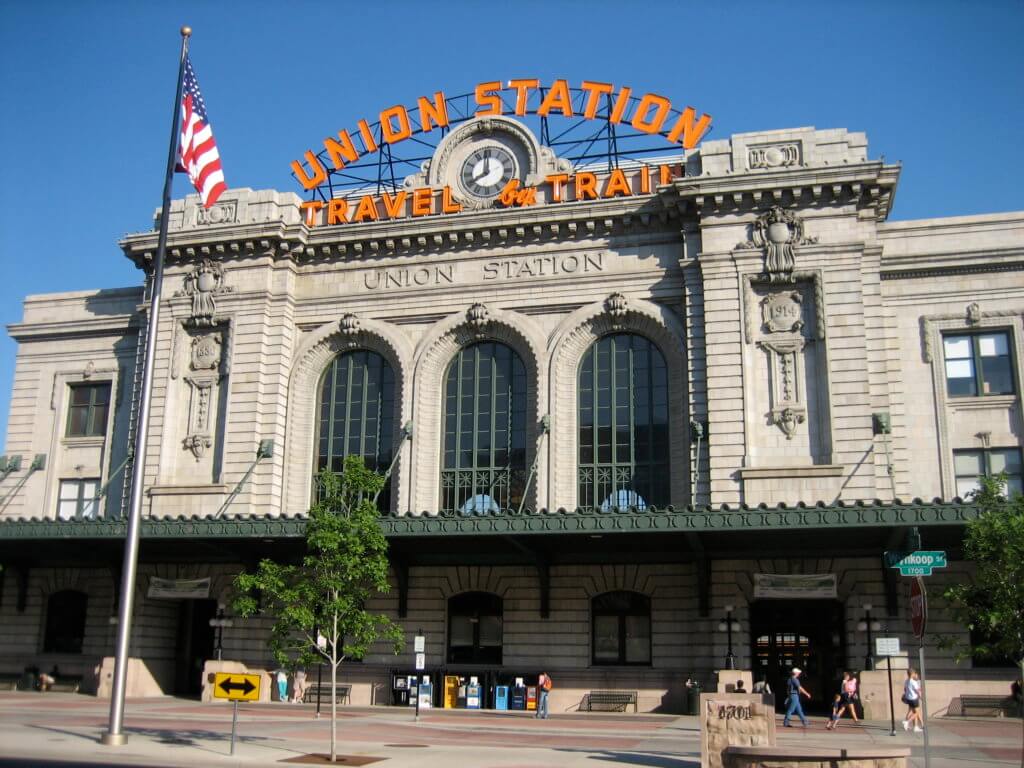
The Oxford Hotel, built in 1891, stands today as a living reminder of Denver’s long and colorful history. Denver’s oldest active hotel sits just a block from Union Station, where it has greeted many a weary traveler over the years.
Thirsty visitors to the hotel’s famous Cruise Room bar discover a hidden gem of Prohibition-era grandeur and Art Deco design. Denver’s longest-operating bar has remained open since its founding, and Cruise Room guests can easily sit back today and imagine the room filled with aging veterans of Denver’s gold rush days, carnation barons, and 20th century power brokers taking a break on their journeys east or west.
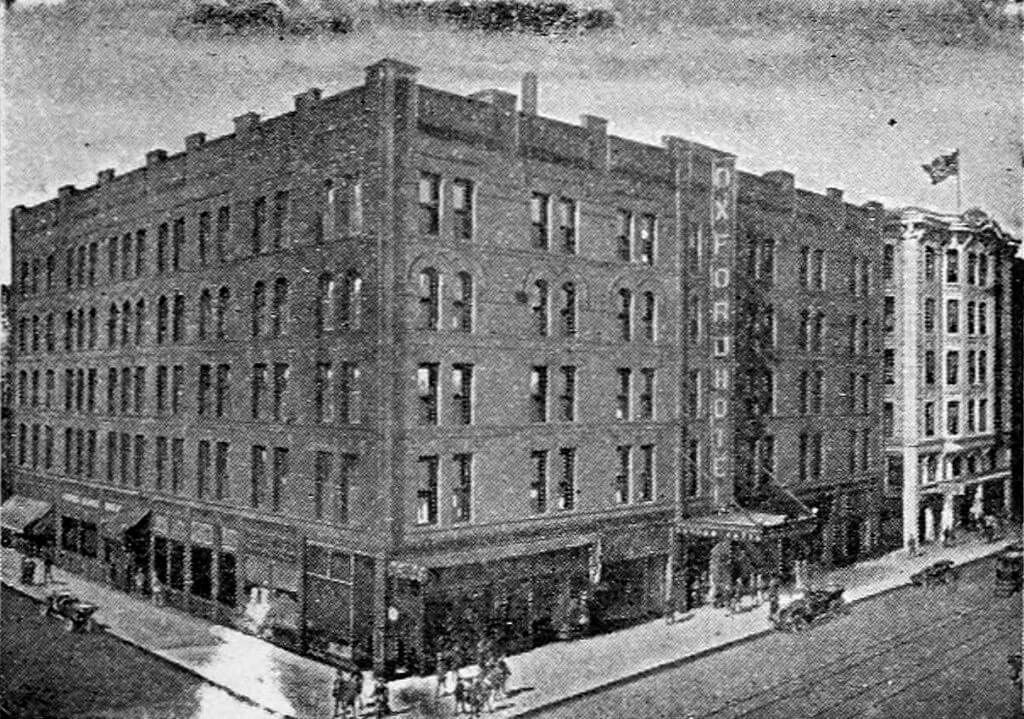
Modern Denver Lives Side by Side with the Past
A quick trip south of the rail station and Denver’s oldest establishments takes visitors to the Denver Art Museum in the Civic Center area of downtown. The iconic architecture of the museum’s Martin Building, easily recognizable for visitors, was designed by famed Italian architect Gio Ponti in 1971.
The museum is famous for its collections of American Indian art, Western American art, and over 70,000 diverse works from around the world.
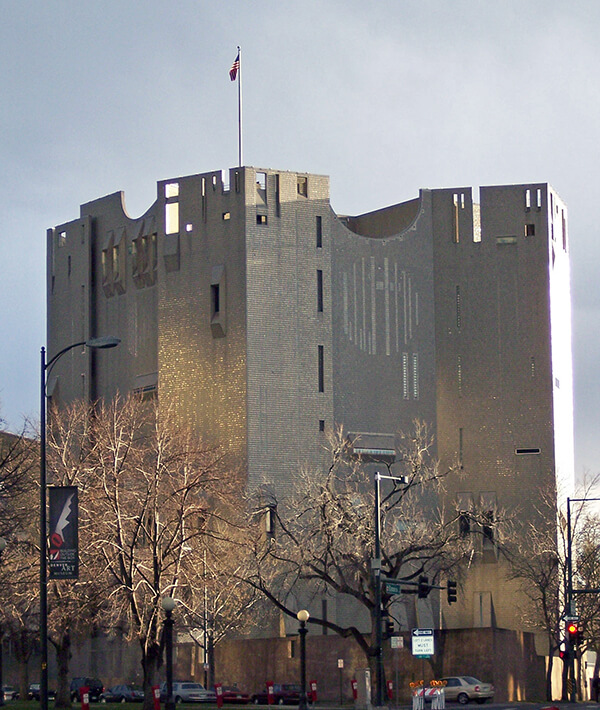
No trip to downtown Denver is complete without a visit to the Denver Botanic Gardens. Because Denver owes so much to its early greenhouse innovators, the centerpiece of your visit must understandably be the Boettcher Memorial Tropical Conservatory. Built in 1966, the conservatory is widely considered a marvel of greenhouse architecture.
The mammoth greenhouse was designed by Victor Hornbein and Edward White Jr., and impressively, the structure was registered as an official historical landmark just seven years after it was built.
You can visit the conservatory year-round, and in fact, a case can be made that the most impressive time of year to visit is during winter when the interior marvels contrast so dramatically with the world outside.
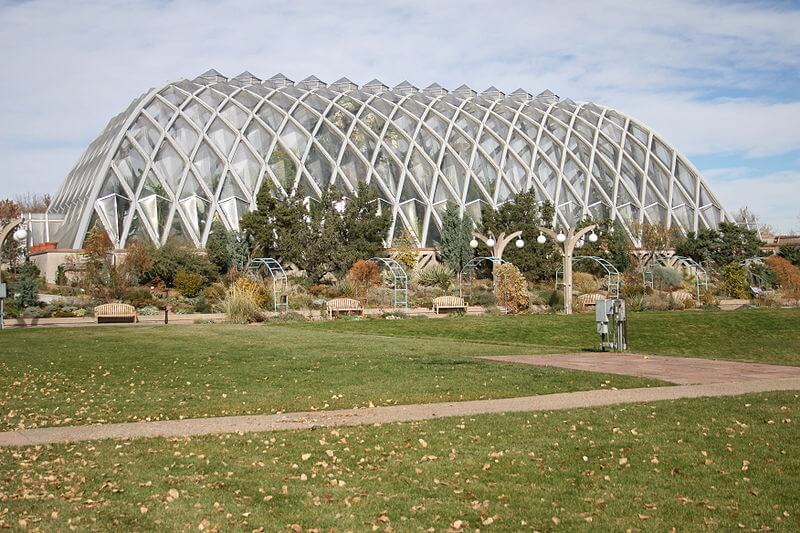
Image: Tom Churchill, Public domain, via Wikimedia Commons
Life is Good in Denver, Colorado
Today, Denver is the 19th most populated metropolitan area in the United States. Local residents love the climate, the 200 parks around the city, and the almost immediate access to Colorado’s scenic beauty just a short drive away on weekends.
They’re not alone, either. A 2016 ranking from U.S. News & World Report gave Denver the #1 spot in its yearly ranking of best places to live in the United States.
For culture lovers, Denver’s rich history is never far away, and modern amenities abound in the form of high-tech jobs, easily accessible neighborhoods with their own unique flair, markets, museums, major sports franchises, and a thriving music scene. The city and surrounding areas provide fun, culturally appealing, and vital enticements for local residents and visitors alike.
FSG – Right at Home in Denver
FSG’s Denver branch fits right in amid the hustle and bustle of a steadily growing construction market in Denver. FSG’s team in Denver is working hard to burnish a reputation for excellence in full-service electrical contracting and turnkey lighting solutions for new and established businesses.
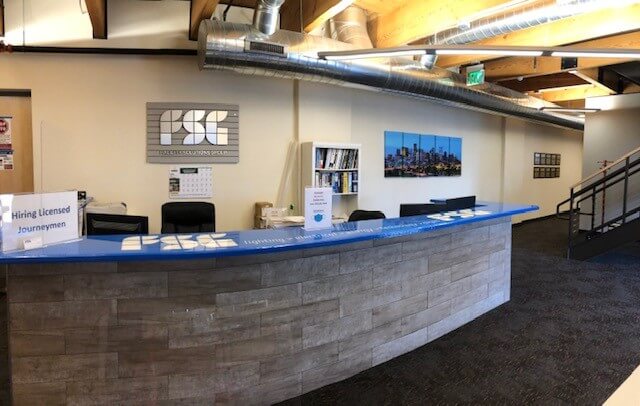
Our office is located in the Globeville district, just north of downtown, and we routinely provide industry-leading service to businesses and facilities of every size in the following areas:
- Denver
- Aurora
- Highlands Ranch
- Littleton
- Lakewood
- Arvada
- Colorado Springs
- Golden
- Commerce City
- Broomfield
- Westminster
- Thornton
- Boulder
Our completed projects list includes a number of additional projects completed to our customer’s ultimate satisfaction beyond the metro area and across the state. Closer to home, our work has been featured around town at some of Denver’s most recognizable locations.
Notable past projects include:
- Replacing existing in-ground directional lights with LED up lights to illuminate the flags at the Colorado State Capitol.
- Installing new in-ground lights at Lincoln Memorial Park.
- Installing LED lighting along the sidewalk at the Conservatory.
- Retrofitting the parking garage of Granite Tower at the gateway to Denver’s Lower Downtown Historic District.
- Retrofitting lighting at the Denver Post in 2014, and again in 2018-2019.
- Providing an LED lighting upgrade for the landmark Davita World Headquarters Tower 2 downtown.
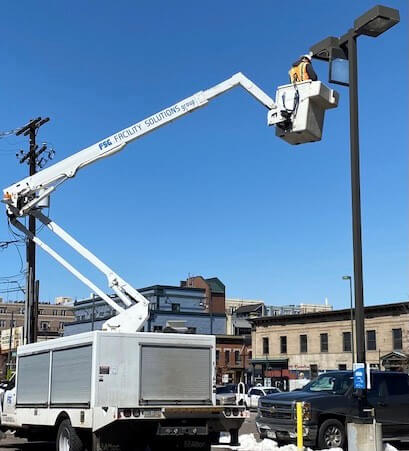
With each new project, the FSG team grows deeper roots within a community with a proud history and an exciting future ahead.
Service is Our Foundational Principle
FSG Denver is different from other electrical contractors in the area for one big reason – we offer remarkable, memorable, exceptional customer service.
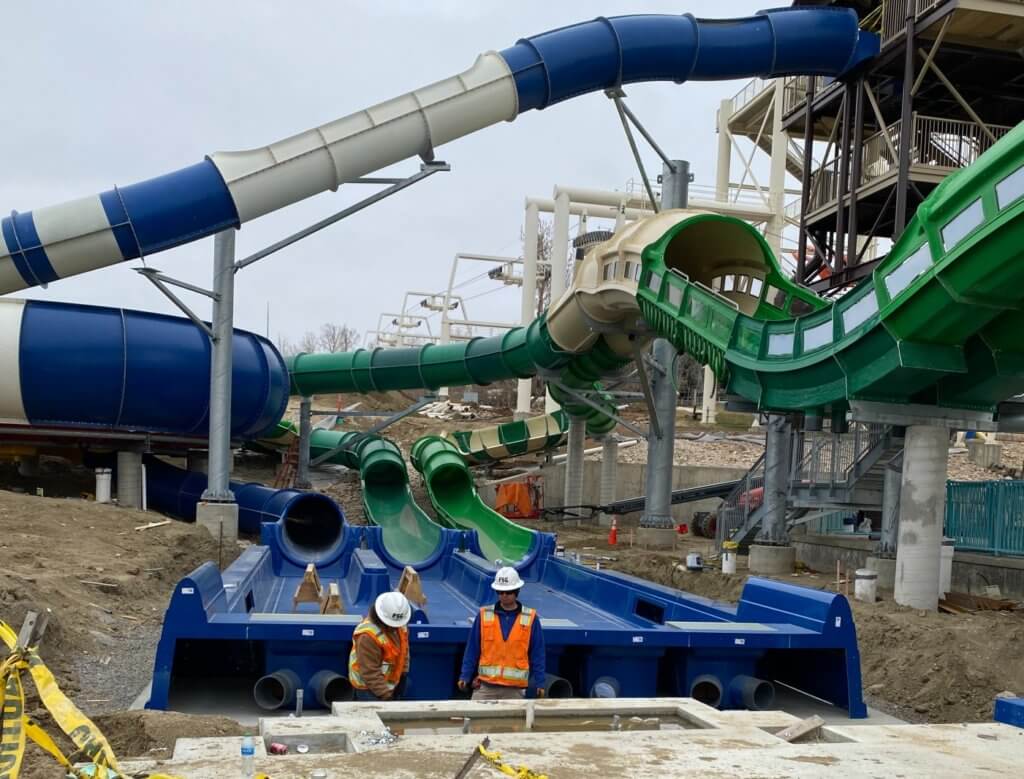
We take our customer’s satisfaction personally. Our 24-hour service line is always available, and our customers have peace of mind knowing their emergency is our emergency, too.
When we look back on the list of our completed projects, we remember the times we delivered maximum value for our customers, when we truly helped them succeed in meeting their business goals.
Projects like the one the FSG Denver team completed for Acme Distribution in Aurora, remind us of what matters most to our organization.
Most importantly, we believe that our mission at FSG is to willingly contribute to the quality of life of our employees, customers, vendors, and the community in which we live.
Every day at FSG Denver, we accomplish this mission through the delivery of truly exceptional, mile-high service.
For lighting, electrical, facility disinfection, signage, and technology solutions that allow you to do more, call FSG today at (512) 886-1258 or visit the FSG Denver page.
Come Join the A-Team in Denver!
Thinking about living and working in Denver? At FSG, we recognize and reward talent. Best of all, you don’t have to be a Broncos fan (although it is recommended).
Let your career be more than just a series of jobs. The journeyman electricians, master electricians, and project supervisors who make up FSG’s construction teams understand that the projects they complete are among the most technologically advanced and high-profile projects being executed anywhere in the world.

If you like what you’ve learned about FSG and you desire a career in the electrical trade, visit our careers page, contact our recruiting department, and find out how you can get ahead while doing the best work you’ve ever done.




